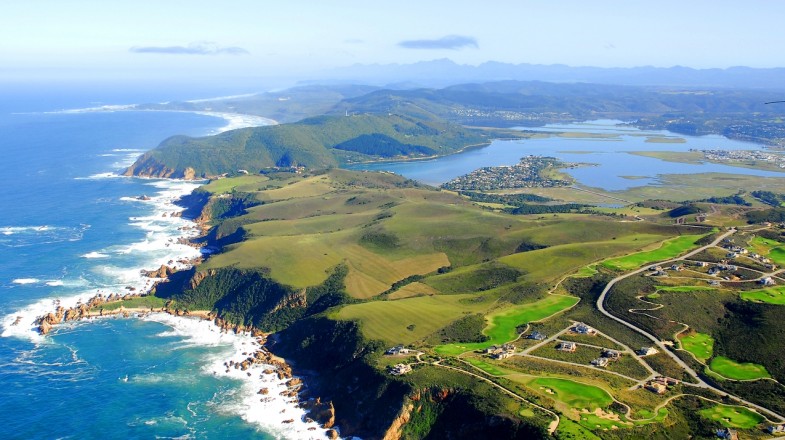At a Glance
- Africa’s coastlines drive tourism and trade, generating over $10 billion annually while supporting local economies and cultural heritage.
- Climate change, urbanization, and pollution threaten Africa’s fragile coastal ecosystems, requiring urgent sustainable solutions.
- Sustainable tourism, eco-friendly policies, and community-led conservation projects preserve Africa’s coastlines while boosting economic opportunities.
Africa’s 46,000 km of coastline forms a vibrant mosaic of seascapes, ecosystems, and cultural legacies.
From Egypt’s ancient ports to Namibia’s rugged cliffs, these shores drive tourism and trade—generating over $10 billion annually and spurring local growth.
Eco-friendly policies and community-led projects preserve natural beauty and traditions, while investments in modern transport, waste management, and renewable energy enhance both visitor experiences and residents’ lives.
Coastal tourism also boosts broader economic sectors, from agriculture to technology.
Yet rapid urbanization, climate change, pollution, and outdated infrastructure threaten these delicate ecosystems. Innovative solutions—renewable energy, sustainable fishing, and smart policy reforms—are vital to safeguard and revitalize these regions.
From South Africa’s Garden Route to Egypt’s Red Sea, Africa’s coasts embody natural wonder and resilience, their future hinging on a balanced approach that protects heritage and unlocks economic potential.
Shore Africa spotlights Africa’s top 10 coastlines, celebrating their unique geology, rich biodiversity, and deep history amid rising tourism, economic promise, and climate challenges.
Join us on a journey from South Africa’s Garden Route to Morocco’s enchanting shores, where sustainable, community-led initiatives secure these treasures for generations to come.
1. Garden Route, South Africa
South Africa’s Garden Route is a stunning coastal corridor where dramatic cliffs, pristine beaches, and lush forests form ever-changing landscapes.
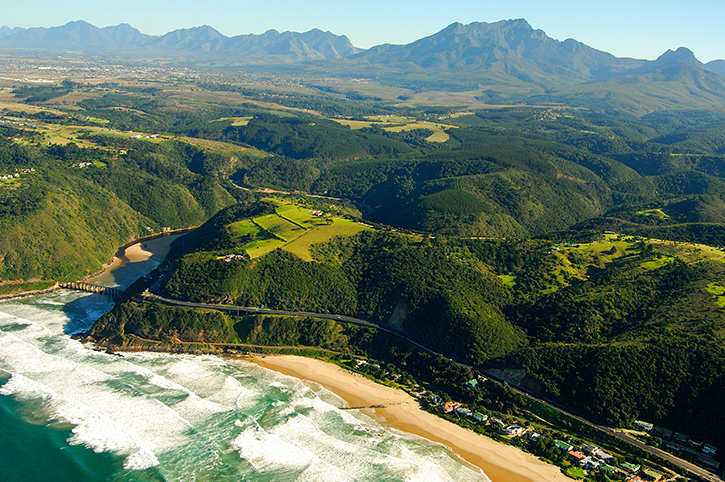
Ocean-carved cliffs, hidden bays, and rolling hills create microclimates that nurture rich biodiversity—from endemic fynbos to vibrant marine life—while historic towns, fishing communities, and artisan markets reflect its deep cultural roots.
Sustainable tourism fuels local growth and environmental stewardship, making the Garden Route a beacon of nature and resilience.
2. Zanzibar Coast, Tanzania
Turquoise waters meet powdery sands along the Zanzibar Coast—a paradise where history and nature intertwine. Stone Town, a UNESCO gem, whispers tales of Arab, Persian, Indian, and European influence through its winding alleys and ornate doors.

Pristine beaches and vibrant coral reefs host a dynamic ballet of tropical fish, sea turtles, and dolphins. Shaped by millennia of tectonic activity, the diverse coast—from rugged outcrops to secluded coves—nurtures rich biodiversity.
Here, traditional fishing communities and sustainable tourism converge. Luxury resorts, boutique hotels, and eco-friendly lodges coexist with community-led initiatives that restore coral reefs, educate locals, and empower artisans.
In essence, Zanzibar Coast is a living mosaic of natural splendor and cultural heritage—a compact lesson in how coastal regions can thrive while preserving their unique identity.
3. Cape Verde Coast, Cape Verde
A volcanic archipelago off Africa’s west coast, Cape Verde boasts rugged cliffs and dramatic rock formations meeting the endless blue Atlantic.
Its raw, naturally sculpted landscapes—formed by wind, water, and ancient lava flows—offer sheltered bays for water sports, snorkeling, and vibrant marine life. Unique flora thrives on volcanic soils, fostering an ecosystem that intrigues nature lovers and researchers alike.
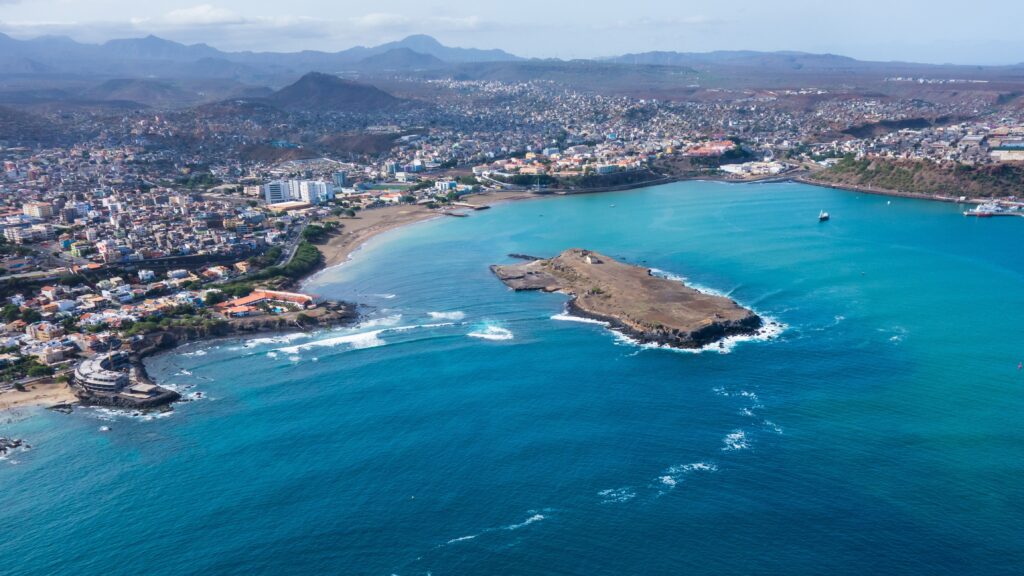
Steeped in history, the islands bear traces of Portuguese, African, and Moorish cultures. Quaint fishing villages and lively coastal towns celebrate traditional music, dance, and cuisine, inviting visitors to immerse themselves in local festivals and markets.
Balancing tourism with sustainability, Cape Verde invests in eco-friendly resorts and conservation programs that protect its fragile coastal beauty while benefiting local communities.
In short, Cape Verde Coast is where striking natural artistry meets a rich cultural legacy, offering a compact yet unforgettable blend of nature and heritage.
4. Skeleton Coast, Namibia
Few places embody raw, untamed beauty like Namibia’s Skeleton Coast. Here, the relentless Atlantic clashes with haunting dunes, treacherous fog, and scattered shipwrecks—a stark reminder of nature’s volatile power.

Rugged and extreme, its towering dunes, ancient geological formations, and tidal flats reveal a landscape where barren desert meets a turbulent ocean. Desert-adapted wildlife and a surprising marine abundance thrive against the odds.
Steeped in maritime lore, local legends recount lost ships and daring explorers, infusing the coast with mystery and cultural depth. Tourism here is challenging yet transformative; eco-lodges and guided tours offer sustainable, immersive adventures that benefit local communities and conservation efforts.
The Skeleton Coast remains a dramatic emblem of Africa’s wild, resilient spirit protected by Namibia’s commitment to environmental preservation.
5. Red Sea Coast, Egypt
Egypt’s Red Sea Coast is a striking fusion of crystal-clear waters, vibrant coral reefs, and ancient legacy. Its narrow, deep marine world teems with tropical fish, sea turtles, and reef sharks amid dramatic underwater landscapes and rugged rock formations.
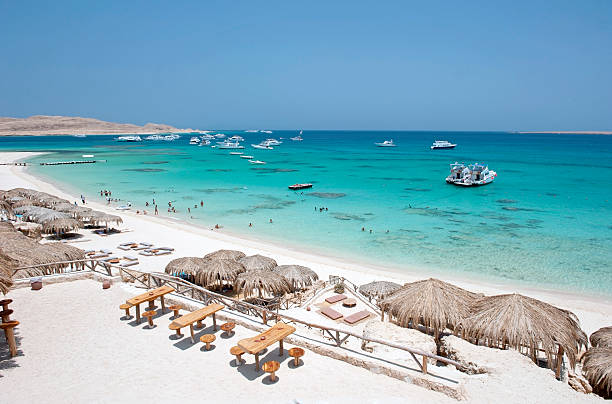
Once a bustling trade hub linking Africa, Asia, and Europe, its ancient ports and ruins echo tales of pharaonic legends and maritime commerce.
Today, luxury resorts and eco-tourism thrive alongside traditional fishing and cultural festivals, embodying a model of sustainable development. This coastline offers an unforgettable escape for those seeking adventure, relaxation, or a journey through history.
6. KwaZulu-Natal Coast, South Africa
Stretching along South Africa’s southeastern shores, this coast blends sunlit beaches, vibrant coral reefs, and deep Zulu heritage into one dynamic landscape.
Gently curving beaches, dramatic rock formations, and clear waters create idyllic bays for swimming, surfing, and snorkeling, while thriving reefs teem with diverse marine life.
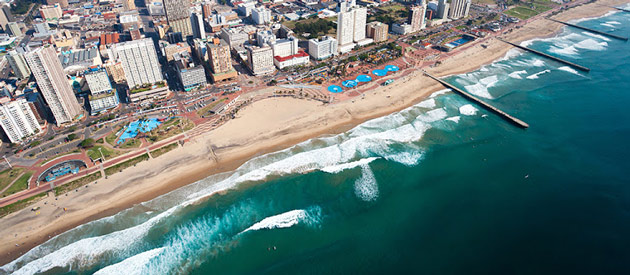
Traditional Zulu communities enrich the region with authentic music, dance, and crafts, offering visitors an immersive cultural experience.
Eco-friendly resorts, community projects, and conservation efforts ensure that tourism here supports both economic growth and heritage preservation.
Ultimately, the KwaZulu-Natal Coast embodies the perfect synergy of nature and culture, inviting tourists to experience the true soul of South Africa.
7. Lake Tanganyika Coast, Tanzania/DR Congo
Bordering one of Africa’s deepest, oldest freshwater lakes, this coast—shared by Tanzania and DR Congo—boasts crystal-clear waters, rugged geology, and vibrant fishing communities.
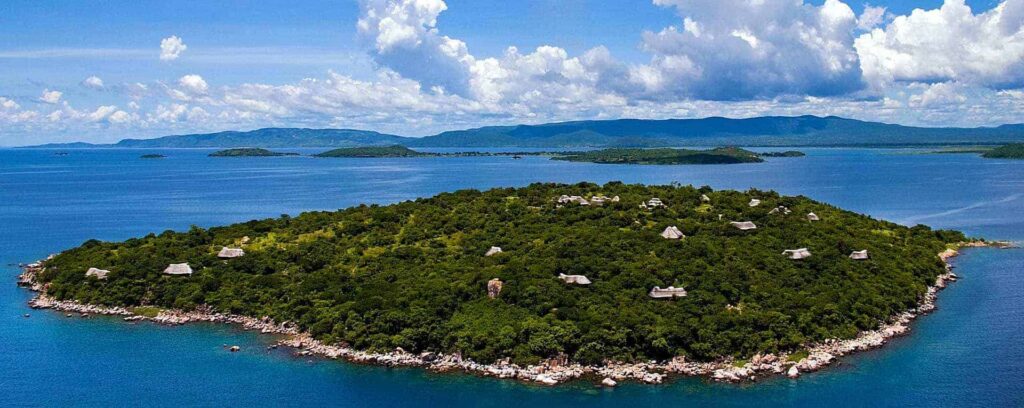
Carved by millennia of tectonic forces and erosion, steep banks, rocky promontories, and hidden coves nurture unique aquatic life and endemic species.
Local traditions thrive here: age-old fishing practices, bustling markets, music, dance, and crafts reflect a rich cultural heritage. Eco-tourism, from guided boat tours to sustainable eco-lodges, is booming, boosting local economies while protecting fragile ecosystems.
In essence, the Lake Tanganyika Coast captivates with its dramatic natural beauty, geological marvels, and resilient communities, exemplifying the promise of sustainable development.
8. Ghana’s Gold Coast, Ghana
Ghana’s Gold Coast is a coastal gem where history and nature converge. Once a bustling transatlantic trade hub, its imposing forts, castles, and landmarks echo centuries of kingdoms and colonial legacies.
Sunlit beaches invite both serene relaxation and lively festivals, while rugged cliffs reveal a deep geological past. Rich fishing traditions and vibrant marine life sustain local communities and heritage.
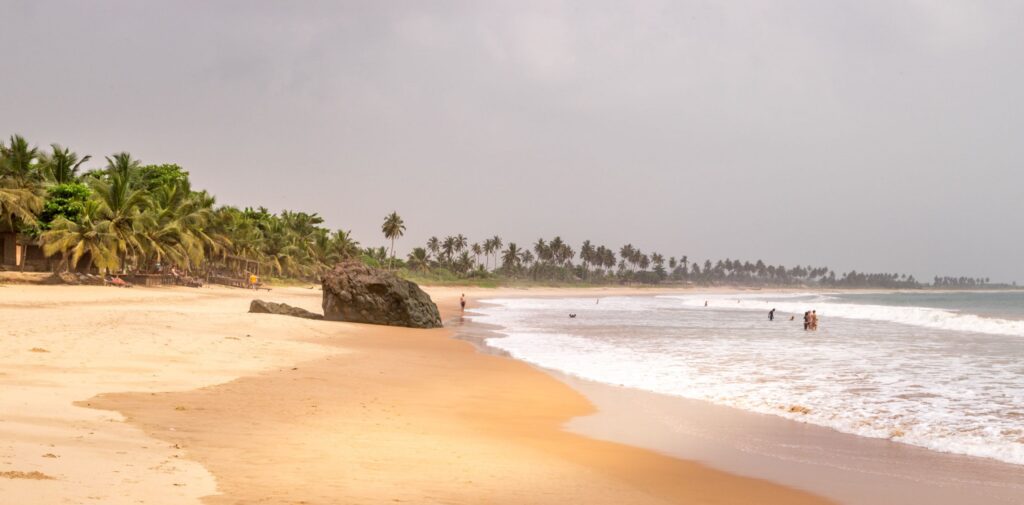
Historic sites like Elmina and Cape Coast Castles—now UNESCO World Heritage sites—stand as solemn reminders of a legacy marked by both prosperity and pain. Along the coast, traditional music, dance, artisanal crafts, and fresh seafood define a resilient culture, with bustling markets and cultural tours offering a window into time-honored traditions.
Booming sustainable tourism, supported by forward-thinking government policies, is ensuring that modern growth preserves both history and nature. Ultimately, the Gold Coast is a living museum—an immersive journey where the past meets the present, embodying Africa’s enduring spirit.
9. Mozambique Coast, Mozambique
With over 2,500 kilometers of coastline along Africa’s southeastern edge, this coastal gem boasts pristine white-sand beaches, vibrant coral reefs, and historic ports steeped in African, Arab, and Portuguese influences.
Gentle slopes and barrier reefs form sheltered lagoons alive with colorful marine life—ideal for divers and snorkelers.
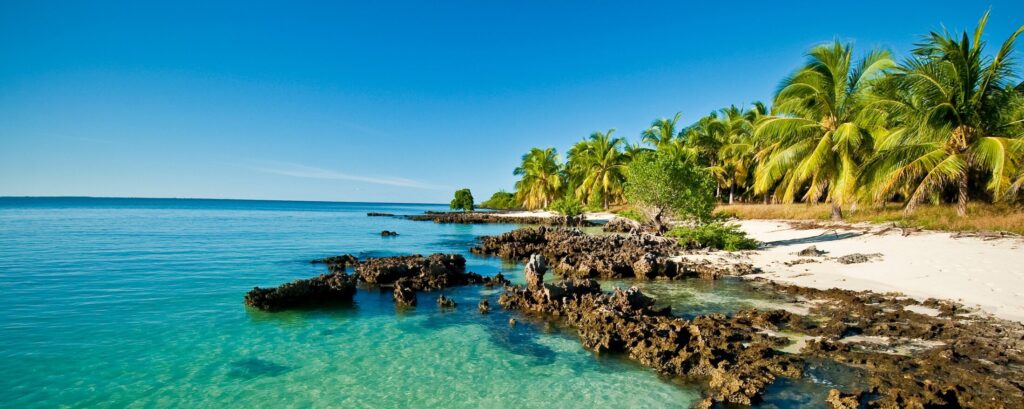
Once key trade hubs, coastal towns now charm with colonial architecture, ancient mosques, and bustling markets.
Eco-resorts and community initiatives drive sustainable tourism that honors local heritage and preserves nature. In a single glance, the Mozambique Coast marries natural beauty with cultural richness for an immersive, inspiring escape.
10. Moroccan Coast, Morocco
Morocco’s Atlantic and Mediterranean coast blends rich history, vibrant culture, and dramatic landscapes.
Wind and water have carved rugged cliffs, secret coves, and sweeping sandy beaches alongside bustling port towns like Essaouira and Agadir—each echoing Arab, Berber, and colonial legacies.

The Atlantic’s powerful waves attract surfers, while the Mediterranean offers calm, inviting waters.
Today, sustainable tourism—from eco-friendly resorts to cultural tours—ensures this living tapestry of ancient tradition and modern energy endures.

